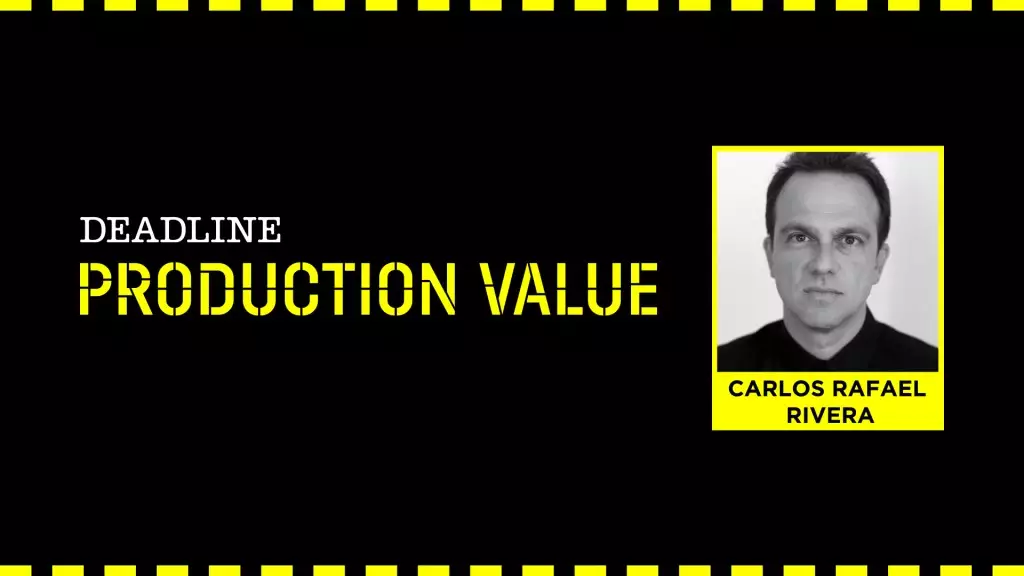When composer Carlos Rafael Rivera first started working on the score for Lessons in Chemistry, he faced the challenge of not fully realizing the tone of the show. The initial idea of playing against the time and tone of the story did not quite work out as expected. However, Rivera’s ability to adapt and transform the failed experiment into something meaningful for the score showcases his talent and dedication to the project. By incorporating found sounds, electronic elements, and synthesized sounds into the score, Rivera was able to create a unique and immersive auditory experience for the audience.
As Rivera delved deeper into the project, he decided to shift his focus from playing against type to using the music as a tool to enhance the storytelling. The music became a vital element in supporting the heavy lifting done by the compelling narrative, cinematography, and acting in Lessons in Chemistry. Rivera understood the importance of aligning the music with the overall vision of the show, ensuring that it seamlessly integrated with other creative aspects such as costume designs and set designs. This collaborative approach allowed the music to elevate the viewing experience and make a significant impact on the audience.
One of the key challenges Rivera faced was creating a melody for the complex character of Elizabeth Zott. As a brilliant scientist navigating societal challenges in the 1950s, Elizabeth’s character required a nuanced and multifaceted musical theme. Rivera’s approach to capturing Elizabeth’s life journey through music, reflecting her constant evolution and unexpected experiences, demonstrates his deep understanding of character development. By infusing the melody with a sense of meandering and unpredictability, Rivera was able to encapsulate the essence of Elizabeth’s character and her resilience in the face of adversity.
While the theme music for the main title of Lessons in Chemistry was initially intended to reflect Elizabeth’s life, Rivera found that the heart of the music lay in her relationship with Calvin. The emotional depth and complexity of their connection provided a rich source of inspiration for Rivera, shaping the musical landscape of the show. Through the interplay of melodies and themes associated with Calvin, Rivera was able to convey the depth of their bond and the significance of their interactions in the story. This shift in focus underscored Rivera’s ability to infuse his compositions with emotional depth and authenticity, adding layers of meaning to the overall narrative.
Carlos Rafael Rivera’s work on the Lessons in Chemistry soundtrack serves as a testament to his skill as a composer and his ability to enhance storytelling through music. By overcoming initial challenges, supporting the story with his compositions, developing melodies for complex characters, and exploring relationships through music, Rivera has created a truly immersive and impactful auditory experience for audiences. His attention to detail, emotional depth, and collaborative approach have contributed to the success of Lessons in Chemistry and earned him critical acclaim for his outstanding contributions to the show.

